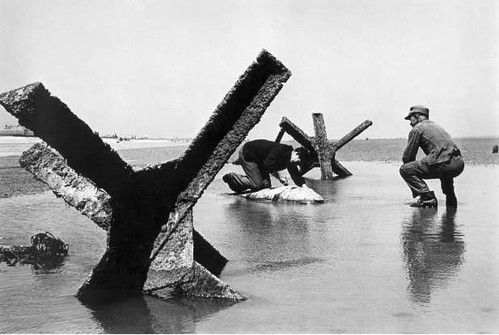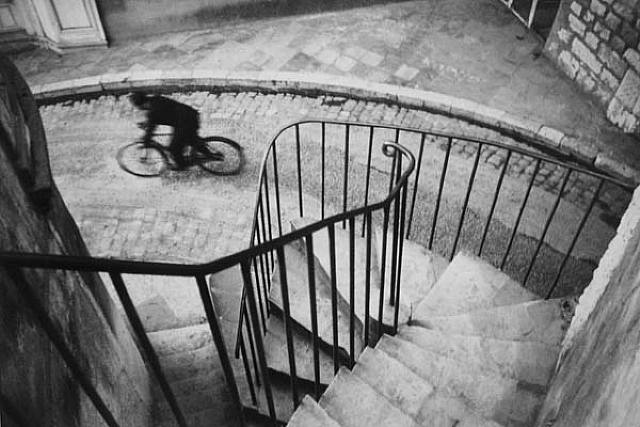Thursday, 19 December 2013
Landscape image edit
The tools i used were:
I used the blur tool at the strength of 80% of the mountains at the back. I then used the blur tool at 50% on the hills closer and on the foreground at the bottom of the picture. I then used the sharpen tool at 50% to focus into the church.
Thursday, 5 December 2013
Broken Glass photshop
Here is a picture of the footballer Luis Suarez who has broken glass from his good looks!
The tools i used for the broken glass was Ctrl T this was so i could transform the image of the football player bigger to fit the screen.
The tools i used for the broken glass was Ctrl T this was so i could transform the image of the football player bigger to fit the screen.
Thursday, 28 November 2013
Alan Sugar
I used the shortcut 'L' to Lasso Alan Sugars head. I then used the shortcut 'Q' to make the Lasso around his head shorter. I used Feather on the outside then pasted them on the sugar document. I then used various tools such as scew, warp, distort etc to get all the different sizes and shapes of Alan Sugars head.
Tuesday, 19 November 2013
Fashion Photography
1. When is
an image a Portrait? When is it a fashion photograph? Are the two the Same?
These two shoots are not the same because a portrait where the
person who is shooting the image is focusing on the persons face in the shot.
For Example when they are taking the shot they apply loads make up and make the
person in the shot look more appealing than they normally would. They would
also style their hair to make them look better in the shot too, compared to the
fashion photograph where the photographer is concentrating the persons outfit -
the fashion! It is a fashion photograph when the person who shoots the shot
focuses more on the clothes that they are wearing. For Example when they are
taking the shot they do not pay as much attention to the looks of the model,
instead they put them in clothes and maybe turn on a fan to make the clothes
flare out and make the clothes stand out instead of the actual person modelling
in the clothes.
2. To what
degree should an image be manipulated to go into a fashion magazine?
I think that they shouldn't manipulate an image that would be going into a
fashion magazine. For Example if they product said it made you look as good as
the person in the picture it would be merely impossible because when they take
the picture they apply loads of make-up, adjust the lighting, style their hair
which makes them pretty much fake. Once they finish all the makeover they take
the picture and go into Photoshop and make their appearances better. For
Example making their eyes stand out by giving them blue eyes and enlarging the
eyes which will make the person in the shot stand out. They increase their neck
length which is stereotypical to appear more attractive. Also making their head
smaller is stereotypical to be more attractive as people with bigger heads
stereo typically look unattractive.
3. Is
there a clash between the creative and commercial side of fashion Photography?
Yes there is a clash between creative and commercial side of fashion
Photography. The clashes are when the creative side decide what clothes they
will wear in the shoot and the commercial decide what they want to publish in
their magazine because the commercial side are the ones who have the final say
as they are publishing the shot. The commercial side won against fashion as
they are the ones publish the shot. I agree because if i had my own magazine I
would like to choose what is shown to the public and what isn't. The commercial
and fashion photography can get to a point where the commercial side does not
like any clothes that the fashion has picked therefore the fashion photography
side of the magazine will have to restart again on picking clothes or fight
really hard to change the commercials opinion on what clothes they should
publish on their magazine.
Thursday, 7 November 2013
Tony Vaccaro Portrait
Application, Context And Tech
In your posts you will need to discuss the journey that Portraiture has taken over
its' history. For example the movement from Rich and Powerful people having
expensive portraits made for them to the works of Portraiture photographers
depicting the inner conflicts and catching their subjects in moments when they
are least prepared.
Tony Vaccaro has taken many photos in his life time. Ranging from shots in the war - portraits of Picasso. He went from a photo journalist in world war 2 to becoming a Portraiture in the late 60's. In his war photos he took pictures of dead soldiers from each side. He took shots of people getting shot as soon as the bullet entered them. Once the war ended he moved over to a more peaceful and less action packed side of photography. When Tony Vaccaro took the portraits of the people they posed and made themselves look completely different to their personality. As Tony Vaccaro wanted to reveal the 'posers' true identity he made out that his camera was broken when they were posing so they dropped their pose and as soon as they dropped their pose Tony Vaccaro quickly snapped them to reveal their true selves. As you can see with Picasso's image he looks relaxed. What he originally was doing was posing making himself look powerful, dominant so this image shows a completely new side to Picasso. Taking shots of the people when they were least prepared made Tony Vaccaro a well known portraiture because doing this showed the world the true side to some of the most powerful/well known people in the world. Since cameras have been introduced paint portraits are no longer needed. After the Leica camera was introduced image shots were taken instantly this is why you can reveal the 'posers' true self. Having the camera take pictures instantly saved a lot of time and money..
Thursday, 3 October 2013
Robert Capa, Tony Vaccaro and The Execution
The different circumstances the two photographers
experienced in World War 2 is that one worked for a magazine taking pictures of
the war and the other worked as a soldier who brought his camera to the war
zone.
Robert Capa was a Hungarian war photographer and
photojournalist who took photos in a number of wars but the biggest being World
War 2. In 1947, he co-founded Magnum photos with many other famous
photographers/photojournalists. Robert Capa could leave whenever he wanted to
so that's why he said war is 'romantic' because he never actually got to see
what it was like fighting the war. Tony Vaccaro had to stay in the war zone
until he got asked to leave but Robert Capa could leave whenever he wanted to.
Tony Vaccaro photographer who is best known for his photos
taken in Europe during 1944 and 1945 and in Germany immediately after World War
2. After the war, he became a renowned fashion and lifestyle photographer for
U.S. magazines.Tony Vaccaro carried his camera and gun with him into war.
Facing the gun forward on his hip holding it with one hand and holding his
camera in the other hand. This is how he got the shots of his fellow soldiers
dying. As Tony Vaccaro was actually taking part in the war he had to face the
harshest of conditions but Robert Capa could leave whenever he wanted to.
Tony Vaccaro photographer who is best known for his photos
taken in Europe during 1944 and 1945 and in Germany immediately after World War
2. After the war, he became a renowned fashion and lifestyle photographer for
U.S. magazines.Tony Vaccaro carried his camera and gun with him into war.
Facing the gun forward on his hip holding it with one hand and holding his
camera in the other hand. This is how he got the shots of his fellow soldiers
dying. As Tony Vaccaro was actually taking part in the war he had to face the
harshest of conditions but Robert Capa could leave whenever he wanted to.

The differences between the video footage and the photograph of the 'Execution' in the Vietnam war is that is actually show you the executioner shooting the innocent civilian and show you that he actually killed him. In the photograph, although the bullet is already in his head, it doesn't actually show that he has taken the shot. It looks like the civilian is squinting because he is afraid that the soldier is going to shoot him. The only thing that the photo beats the video footage is that the photo captures the exact moment from when the bullet leaves the gun and enters the mans head.
Thursday, 26 September 2013
Henri Cartier Bresson
What photojournalism?
Photojournalism is where a photographer gets assigned to
take photos at a specific location to get the best shots and to try and capture
the hidden meaning of what is actually happening in the shot. Photojournalism
is both reliable and unreliable. I think it is reliable because the
photographer can capture shots that can show the world what is actually
happening in the shot. People may argue against this because they may think
there is more to the shot than meets the eye. I also find it unreliable because
the photographer could stand in a spot where the world cannot see half of the
story therefore injecting the wrong meaning of the shot to the world. People
may argue against this because they may be patriotic and think that the image
shown should be taken like that to help the country out (similar to
propaganda).
Henri Cartier Bresson is famous because he caught one of the
best shots in the twentieth century (1933). As being a rich boy he could afford
the newest revolutionary Leicus camera which was one of the best in its
day as it had the newest lens technology. The pictures he captured were
all about being in the right place at the right time. He started to get
called the godfather of photojournalism because he was capturing such
perfect photos. There was a wide range of things he had to do to get these
photos from pouncing to capture the split second the image would form to
stalking and waiting for the shot to happen this needed massive amounts of
patience.
Henri Cartier Bresson's work is significant because he
captured images that have a particular meaning but can also be hiding
a large chunk of the truth. The shot he took was not just one amazing picture;
he captured many other amazing shots that had hidden meanings which helped him
show his fame and become the photographer of the best twentieth
century photos.
The camera Henri Cartier Bresson used was a Leicus. One of
the best cameras at the time with the best lens technology. The techniques he
used were being in at the right place at the right time or just waiting around
being patience and waiting for the shot to happen in its own time.
Subscribe to:
Comments (Atom)






